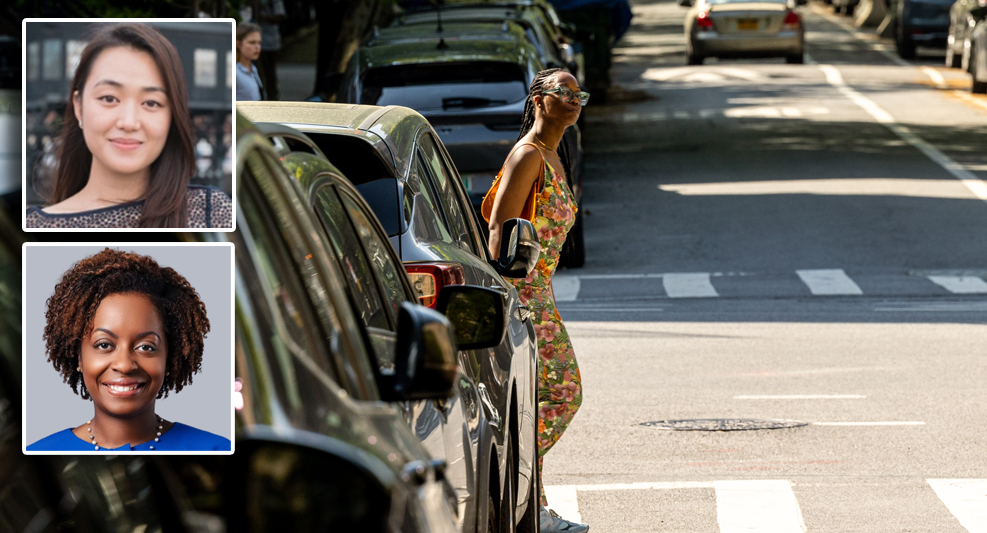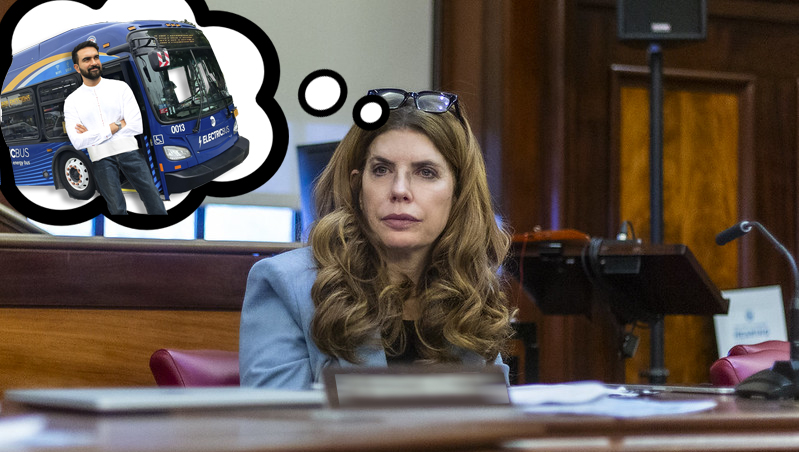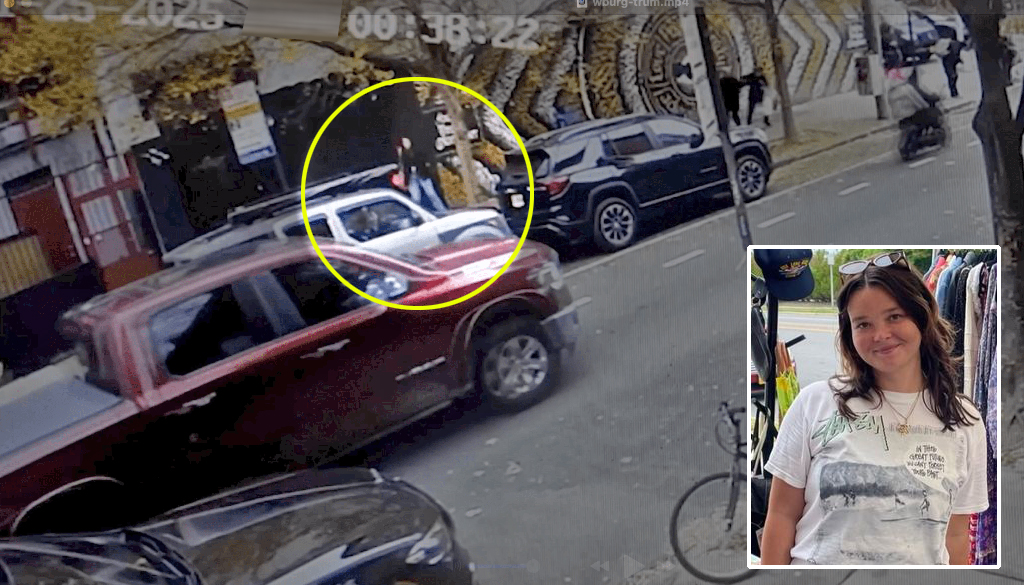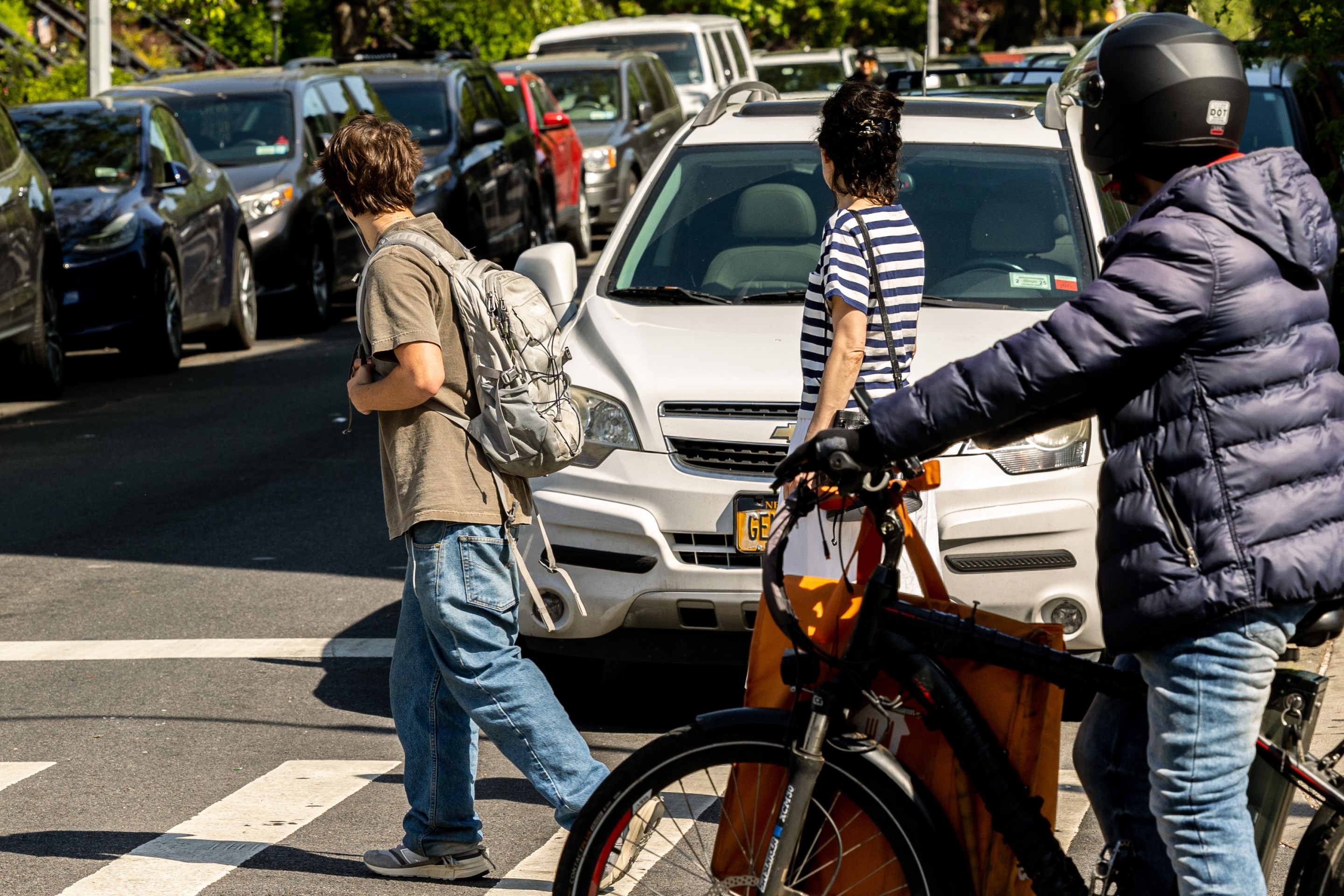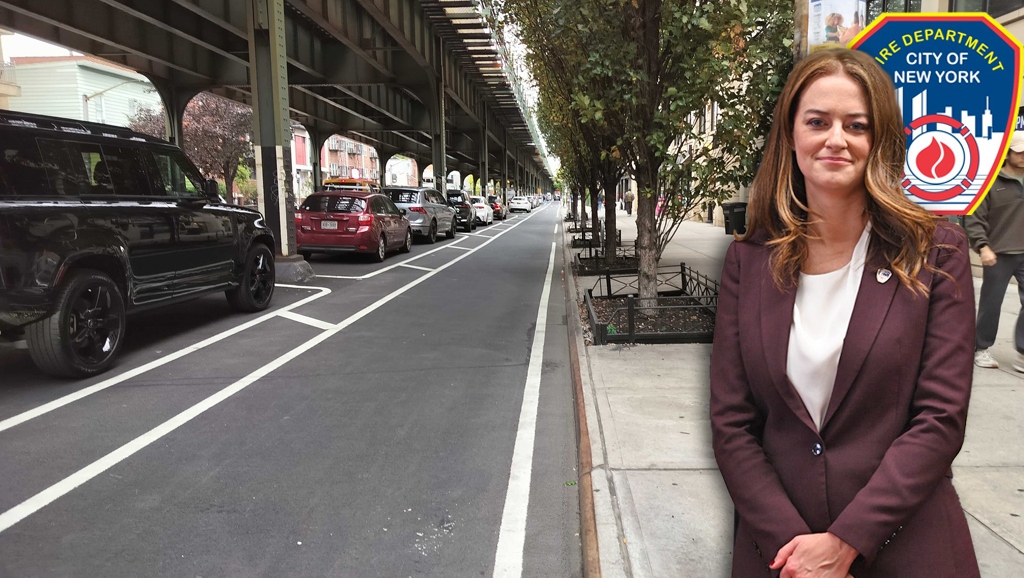In October, Streetsblog wrote about a proposed bill in the City Council that would allow taxi cab drivers to carry less insurance. The bill introduced by Council Member Carmen De La Rosa (D-Inwood) would reduce the minimum “personal injury protection" insurance that yellow cab, livery, and app-based drivers are required to carry from $200,000 to $50,000. Our coverage suggested that the reduction in coverage would ultimately be borne by the people injured in crashes. The bill is generating support from members of the Council who want to reduce the burden on taxi drivers (more coverage costs more money), but we believe it is the wrong way to go about it. At a hearing on Monday, Lauren Pine, a nurse, amputee and member of Families for Safe Streets, confirmed our concern, and submitted the following gripping testimony.
The Editors
I’m here to talk to you about my experience and oppose Intro 1050 because the minimum no fault insurance is not enough for victims of traffic violence.
On Nov. 15, 2017, I was crossing with the light in the crosswalk when I was struck and dragged by a construction truck making a right turn.
I was rushed to Bellevue Hospital, where I was put into a medically induced coma for four days. Doctors amputated my entire left leg, completely removing my femur. My broken pelvis healed crookedly, causing pain when sitting or when wearing a prosthesis, both due to near-fatal infection.
The skin on my remaining thigh was immediately ripped from the muscle, resulting in a severe trauma burn. I was in the Burn ICU at New York Presbyterian Hospital for two months. Donor skin from my entire back was peeled off and used as a skin graft to cover my leg, which is completely scarred. I have residual nerve damage and foot drop in my right leg, so I can only use that leg minimally, with a brace and crutches. On my left leg, I have a prosthetic leg that is very heavy and difficult to maneuver. After experiencing a few falls every week, I am now a daily wheelchair user.
The estimation of benefits billed by my insurance company to the no-fault provider of the private company was around $3 million. The minimum $50,000 no fault insurance was exhausted within the first week or so of my hospitalization. That doesn't even begin to speak to my aftercare.

I live alone, and suddenly found myself on disability, which is not a living wage. I have to rely on the charity of my community just to live day-to-day with expenses. My rent-stabilized pre-war apartment building could not legally be modified for a wheelchair, so I had to move far from my community to a place I can afford where I rely on my friends to help me.
I am here to give a face to this epidemic and show you what life is like for the thousands of people seriously injured in traffic crashes each year. We are real, we’ve been hurt, and we don’t deserve to be financially devastated from a traffic crash.
If there is any silver lining to my story, it is that even if I cannot return to my former career as a nurse in a cancer center, I can use my voice and visible disability to volunteer and advocate for you and your loved ones.
TLC crashes where pedestrians are killed or seriously injured demand maintaining the minimum coverage. I encourage you to oppose Intro 1050.
Transportation Alternatives' Executive Director Ben Furnas also submitted testimony:
We oppose Intro 1050, which would reduce the minimum "personal injury protection" insurance from $200,000 to $50,000. Personal injury insurance – also called "no fault" insurance – is designed to cover medical costs and economic losses in the case of a crash, regardless of who is at fault. This means that when New Yorkers are hit and injured in a crash, Personal injury protection insurance should step in. This is particularly important in a city like New York, where most residents don’t own a car or car insurance, so they’re not otherwise covered. Costs that might have been previously covered by PIP insurance will fall onto personal health insurance – creating logistical and financial nightmares for New Yorkers already struggling with the aftermath of a traumatic traffic crash.
While well-intentioned, this legislation will ultimately make it more expensive and difficult to access care, treatment, and support after a traffic crash. Ultimately, for-hire drivers spend more time on the road than other drivers and should be insured in a way that recognizes that. There is a very real physical, emotional, and financial toll of traffic violence — and the only path forward is to fundamentally change our streetscape, not sticking victims with the bill.
Reducing the limits will not reduce abuse and fraud. Doing so, as Insurance Insider reported, will mean that those committing the abuse and fraud will only cause more crashes in order to get the same amount of money.

